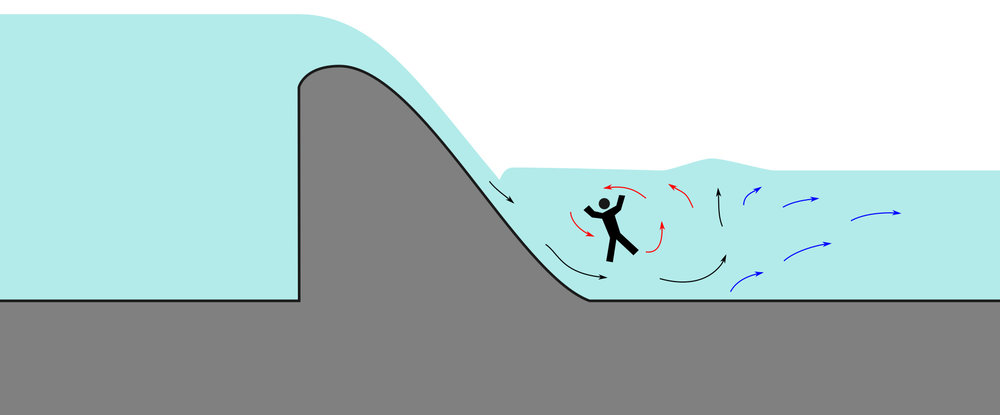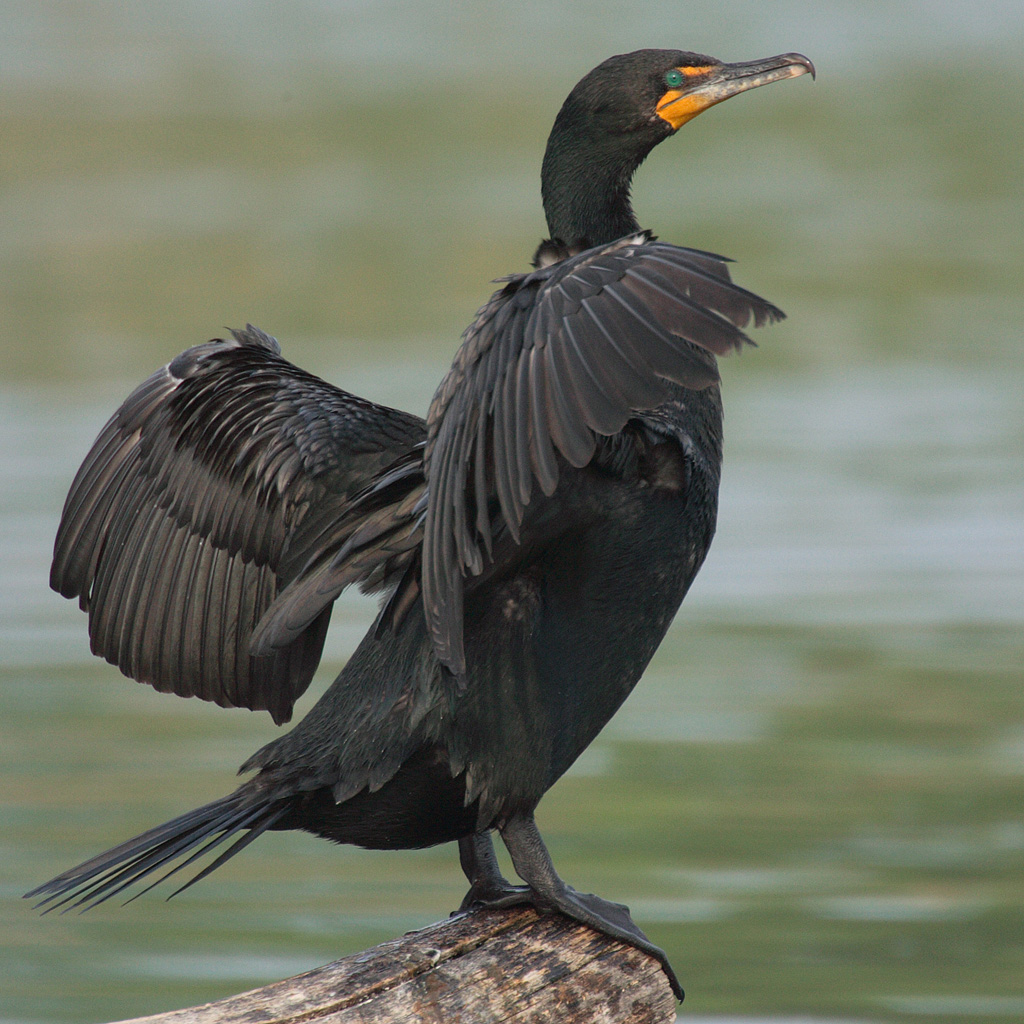Should I get a paddleboard or a kayak?
Get a kayak. You can do a lot more with a kayak. I honestly don’t see the point of a paddleboard. If you think you’ll look cool like a surfer, trust me, you won’t.
Should I get a kayak or a canoe?
For one person, I think a kayak is better, but I’d rather have a canoe than a two-place kayak. Then again, I’d rather have two kayaks than a canoe.
Sit-on-Top or Sit-Inside?
For general purposes, I would recommend Sit-on-Top. It has much more deck space for stuff you might want to bring along, and you don’t have to bail water out of it. Sit-Insides tend to be lighter and easier to transport. A lot is going to depend on the specific models you are comparing.
Is plastic really good enough to make a boat out of?
It sure is. Unlike fiberglass or wood, a plastic boat will take a hit and bounce back. I’ve yet to find out what will break a plastic kayak, maybe falling off the carrier on the highway. Don’t drag it on the ground, and it should last forever.
How big?
Ten feet and around 50 pounds seems to be the sweet spot. Anything under 8 feet is strictly for kids. Much over 12 feet is going to be heavy and cumbersome to transport, which defeats the whole purpose of a personal boat. If ten feet is a problem for storage and transport, look into an inflatable.
How much?
Figure around $400 for the boat (new), and another $100 for accessories like a decent paddle. You could get lucky and spend a lot less than that, but I don’t think you need to spend more. Of course, you can spend more too.
Can I keep it outside?
Why not? Kayaks are waterproof and pretty much indestructible. The plastics used are very sun-resistant. If I know I won’t be using it for a while, like winter-time, I flip it over. I wouldn’t let water collect and freeze in any tight spaces like rod holders, because ice expands and could break it.
What about maintenance?
There really isn’t any. After years of use, I had to replace a couple of handles, and threw away the original seat padding (which was useless anyway.) Nothing you can’t do with a screwdriver. You could wash it once in a while.
What else do I need?
Legally, you need a life vest, a whistle, and a flashlight after dark. That’s all. You don’t need to take a course or get a license or anything like that, and you don’t need to register an unpowered vessel. About the same requirements as a bicycle.
What about used kayaks?
Fine if you can find one, but the market is incredibly tight, and used ones are not usually much cheaper than new. You could waste half the season searching for a deal on a used kayak, or just go to your local kayak emporium, plunk down your credit card, get exactly the boat you want, and start having fun. Like I said above, you could get lucky, but don’t count on it.
What about inflatables?
I’ve seen some that look really good, but I have no personal experience. An inflatable will never be as tough as a rigid hull, you won’t be bonking it on rocks and sliding over logs, not for long anyway. There are good ones and there are cheap ones – do some research. A good inflatable will cost at least as much as a rigid hull; cost is not the reason for getting an inflatable. Neither is weight – the good ones are pretty heavy.
How Fast is a Kayak?
That depends on a lot of things, particularly, the length and design of the boat, and the quality of the motor. A long sleek sea kayak with a strong paddler might sustain 5 mph for a while. A more typical recreational kayak is in the 2-3 mph range, about the same as a canoe. Add or subtract whatever current you may be in, and also the wind. One thing you can do that will make a huge difference is get a good paddle in the right length for you, and learn proper technique. The cheap stub that came with the boat will slow you down more than anything.
Where can I go with it?
Duh, did you not notice the rest of the website?

